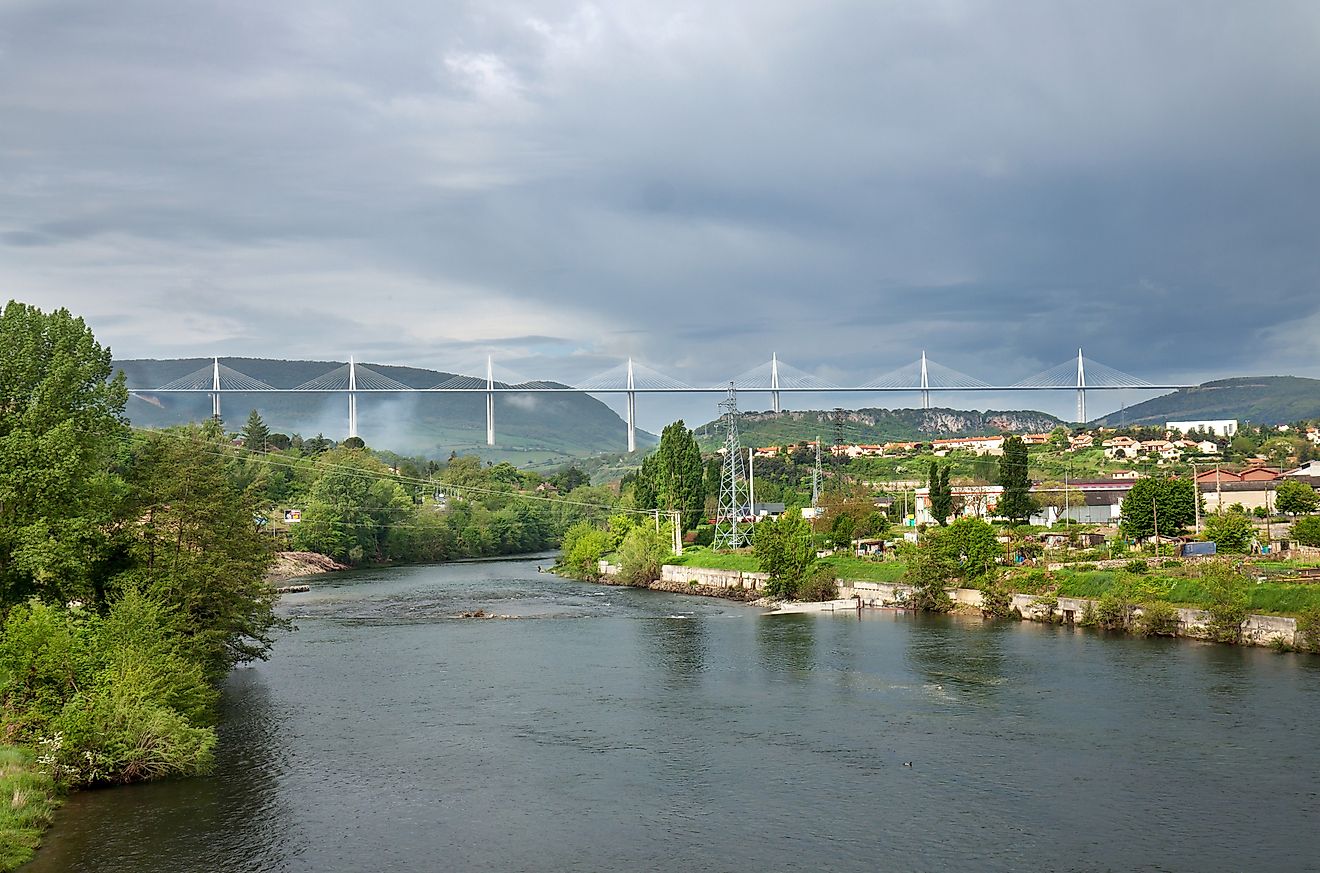What is a Viaduct? How is it Different from a Bridge?

What Is A Viaduct?
A viaduct is a series of bridges connected to each other for crossing a valley or low-lying area or an area that is not completely covered by a waterbody. A viaduct is a bridge, and not all bridges are viaducts, but all viaducts are bridges. Viaducts are mostly used in cities that are railroad centers like London, Manchester, Chicago and Atlanta to help create a way for the freight trains and heavy train traffic. With viaducts, the city traffic is always reduced to minimal.
How Is It Different From A Bridge?
A viaduct differs from a bridge in many ways since the bridge is a structure constructed solely for crossing physical hindrances like valleys, water, or road. Viaducts are a form of bridges that are interconnected in a series of small multiple spans. They can either be used on land or over the water bodies to facilitate crossover by people. When the viaducts are constructed on land, they are used in connecting areas that are of the same height that cannot be directly crossed. Furthermore, overland they are also used to create ways for trains and hence reducing traffic jam on the roads. The avoidance of traffic is facilitated by the viaducts having two or more decks for the passage of vehicles and trains. When built over water they are merged with other tunnels or even bridges to help navigate water bodies.
Reasons For Using Viaduct Over Bridge
A viaduct is used mostly in countries that are highly industrialized and hence finds it cheaper to construct it rather than the bridges. Additionally, developing countries like India, China, and Thailand build viaducts to help reduce traffic congestion and save on land. This construction stimulates the need to use viaduct over bridge due to its higher importance.
Land Use Below Viaducts
Viaducts ensure maximum utilization of the available land. Where they are constructed across the land, space underneath can be utilized for other purposes such as business centers, clubs, and car parking. For instance, in UK most railway lines are built on viaducts making infrastructure owners have a large property. This property enables owners to invest under the arches of the viaducts thus having an additional source of income.
Notable Viaducts
The Millau viaduct in southern France is a cable-stayed road bridge spanning the Valley of Tarn River near Millau. The viaduct was designed by engineer Michael Virlogeux and an architect Norman Robert Foster. It is the world’s tallest vehicular bridge with a single pier’s summit at 1,125 feet, which only slightly shorter than the Empire State building by 125ft and a little taller than the Eiffel tower. The viaduct was officially dedicated on December 12, 2004, and later opened for traffic after two days. The Danyang-Kushan viaduct in China is a grand bridge that made to the Guinness World Records in 2011 as the world’s longest bridge in the world.
The Trend Of Demolishing Viaducts
Viaducts that were constructed several years ago in cities like Tokyo and Boston are currently being demolished because they were deemed ugly and seemed to divide the city. This separation hinders people accessing the other parts of the city quickly and hence they are demolished. They do not also appear to display modern technology thus being renovated to improve their appearance.







